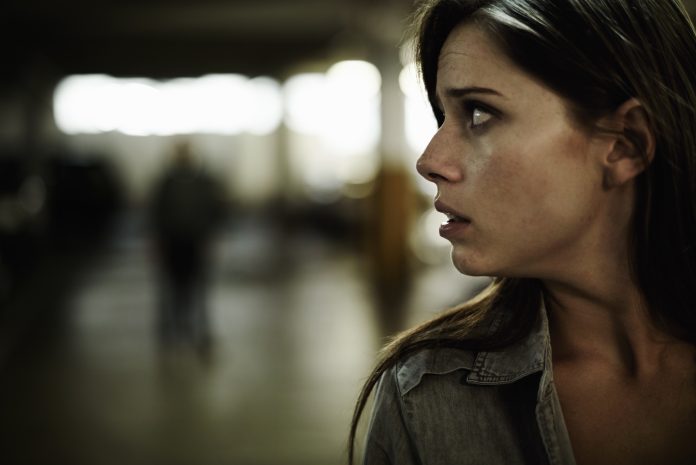Rectifying gender inequality in urban planning can play a significant role in addressing women’s fear of crime- and create safer environments for everyone, says Olivia Docker of Boyer
The need to address gender inequality in our planning and cities has been highlighted by the recent tragic deaths of women walking home alone, notably Sarah Everard.
In exploring the potential of urban planning to address this and alleviate these gender inequalities, I looked at the fear of crime paradox. This states that women tend to have a higher fear of crime than men, despite men having a higher rate of victimisation. ONS statistics agree, revealing that four out of five women feel unsafe walking alone after dark, compared with two out of five men.
And the issue has increased in the last three years. According to YouGov data, 41% of women engaged in safety measures to protect themselves from sexual assault when walking home alone in 2021, compared with 32% in 2018.
Following the death of Sarah Everard, the government increased the Safer Streets fund by an additional £25m. The latest stage of the fund has prioritised tackling violence against women and girls, and will continue to provide funding to local authorities to develop crime prevention measures.
But despite these promising interventions, planning policy has been criticised for its lack of gender mainstreaming (the recognition of the different lives of men and women, requiring a different approach) and gender sensitivity. An RTPI study revealed that planning policy has taken on a fragmented approach to gender equality, which largely fails to respond to gender-specific needs.
This is problematic as it is not possible to create genuinely gender-inclusive cities without a gendered perspective within planning policy.
Studying fear of crime
I have considered the context of Newcastle, specifically the walking routes between the city centre and Jesmond. My study consisted of interviews with women of different ages, two focus groups with students, a mapping task in which students identified how different areas made them feel, and autoethnography. I also conducted interviews with members of Newcastle City Council.
The responses to fear of crime varied, although almost every respondent said that they had experienced fear of violent crime at some point. Respondents identified that the main fear experienced was that of sexual violence. For some, the fear of violence restricted their mobility and behaviour.
Many participants stated that they engaged in preventative measures in public spaces, such as adapting their clothing, making a phone call or avoiding specific areas.
For some, this fear has become embedded, with one participant stating: “I feel like sometimes I don’t even realise its fear because it’s like such embedded behaviours”.
The factors behind this fear are complex, multiple and interlinking – both planning-related and non-planning-related.
Visibility makes a significant difference in urban planning
Natural surveillance is an area in which planning can make a real difference. Most participants stated that they feel more fearful when there is nobody around to provide surveillance; the presence of people generally made the participants feel safer. Unsurprisingly, underpasses were areas of concern, as they were seen as areas of entrapment with no surveillance.
In addition to being visible to other people, participants stated the importance of being able to see others and their surroundings clearly. The presence of street lighting was mentioned by every participant.
It was apparent across the datasets that urban planting can significantly impact visibility. The presence of trees, shrubbery and bushes received mixed responses from the participants, with some feeling that greenery provided a place for potential attackers to hide, thus enhancing their fear of violent crime.
Another area which was discussed was the “broken windows” theory. The disorder-fear relationship had mixed responses: some participants stated that signs of disorder had no impact on their fear of crime, whereas others stated that signs of disorder, such as graffiti, enhanced their fear of violent crime as it gave the impression that people do not care about the area and that crime goes unnoticed.
How can we resolve gender inequality in planning?
Although my research was based in Newcastle, these issues apply to other urban areas and need to be addressed and prioritised within planning policy at all levels. This could be addressed is by securing public realm improvements and contributions towards safer streets through S106 agreements or conditions to request information, such as street lighting details. Overall, if we work towards creating spaces that reduce women’s fear of violent crime, this could create safer spaces for everyone.
Olivia Docker
Graduate planner
Boyer
Tel: +44 (0)203 268 2018

















